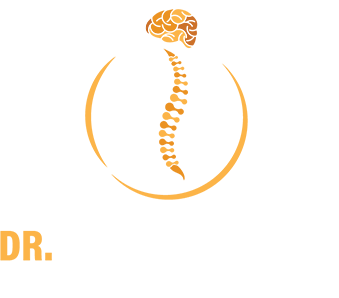Table Of Contents
- What Is A Migraine?
- What Causes Migraine?
- What Are The Symptoms Of Migraine?
- How To Diagnose Migraine?
- What Are The Complications Of Migraine?
- How Is Migraine Treated?
What is a Migraine?
A migraine headache is characterised by sharp, throbbing pain on one side of the brain. It is frequently associated with nausea, vomiting, and light and sound sensitivity. Migraine attacks can stay for hours or days, and the pain can be severe enough to interfere with routine tasks.
A warning sensation known as an aura develops before or with the headache in some people. Auras can involve visuals like flashes of light or blind spots and physical symptoms, including a tingling sensation on one side of the face, arm, or leg, and difficulties speaking.
Some migraine medications can help prevent migraines and make them less uncomfortable. The correct medications, in conjunction with self-help, can help.
What Causes Migraine?
Though the exact origins of migraines are unknown, heredity and environmental factors appear to play a role.
It is primarily due to an imbalance in neurotransmitters.
There are several migraine triggers, such as:
- When the oestrogen levels fluctuate, such as before or during menstruation, pregnancy, and menopause.
- Drinks like alcohol, particularly wine, and excessive caffeine consumption
- Hormonal drugs, such as oral contraceptives
- Bright lights, as well as loud sounds
- Food supplements like sweetener aspartame.
- Strong odours, such as perfume and paint thinner
- Sleeping patterns shift
- A change in weather or barometric pressure
- Stress
What are the Symptoms of Migraine?
Migraine symptoms can appear 1 to 2 days before the headache. One may experience the following symptoms:
- Heightened light and sound sensitivity
- Nausea
- Feeling dizzy or faint
- Throbbing and pulsing headache
- Tiredness or a lack of energy
- Having problems speaking clearly
- Pain on one side of the head, either left or right, front or back, or in the temples
- Tingling or prickling sensations in the face, arms, or legs
How to Diagnose Migraine?
A headache specialist (neurologist) will most likely diagnose migraines based on the medical history, symptoms, and a physical and neurological examination.
If your disease is rare, complex, or worsens rapidly, tests to rule out alternative reasons for your pain may include:
- CT scan: A CT scan creates comprehensive cross-sectional images of the brain by using a sequence of X-rays. This aids clinicians in diagnosing cancers, infections, and other diseases.
- Magnetic resonance imaging (MRI): An MRI scan produces detailed images of the brain and blood arteries using magnetic fields and radio waves.
What are the Complications of Migraine?
Taking pain relievers often can result in medication-overuse headaches. Medication- overuse headaches develop when drugs stop treating pain and start causing headaches. Combinations of aspirin, acetaminophen, and caffeine can result in overuse headaches when taken for more than 14 days per month.
How is Migraine Treated?
Migraine treatment aims to reduce symptoms and prevent future episodes.
Migraine medications are classified into two categories:
- Medication for pain relief
- Medication for prevention
The treatment aims to avoid the triggers and reduce symptoms. There is no definitive treatment to get over with migraine yet.




